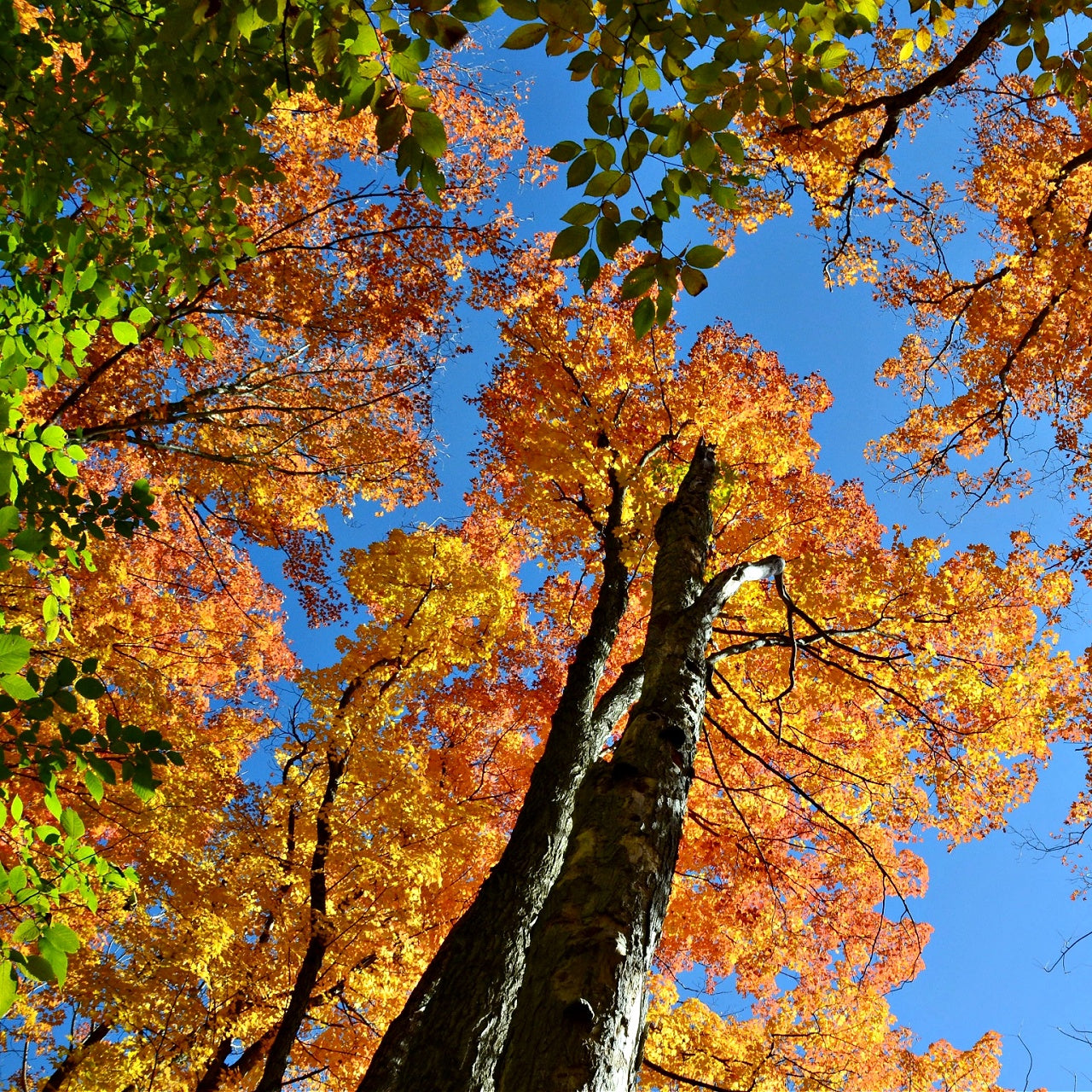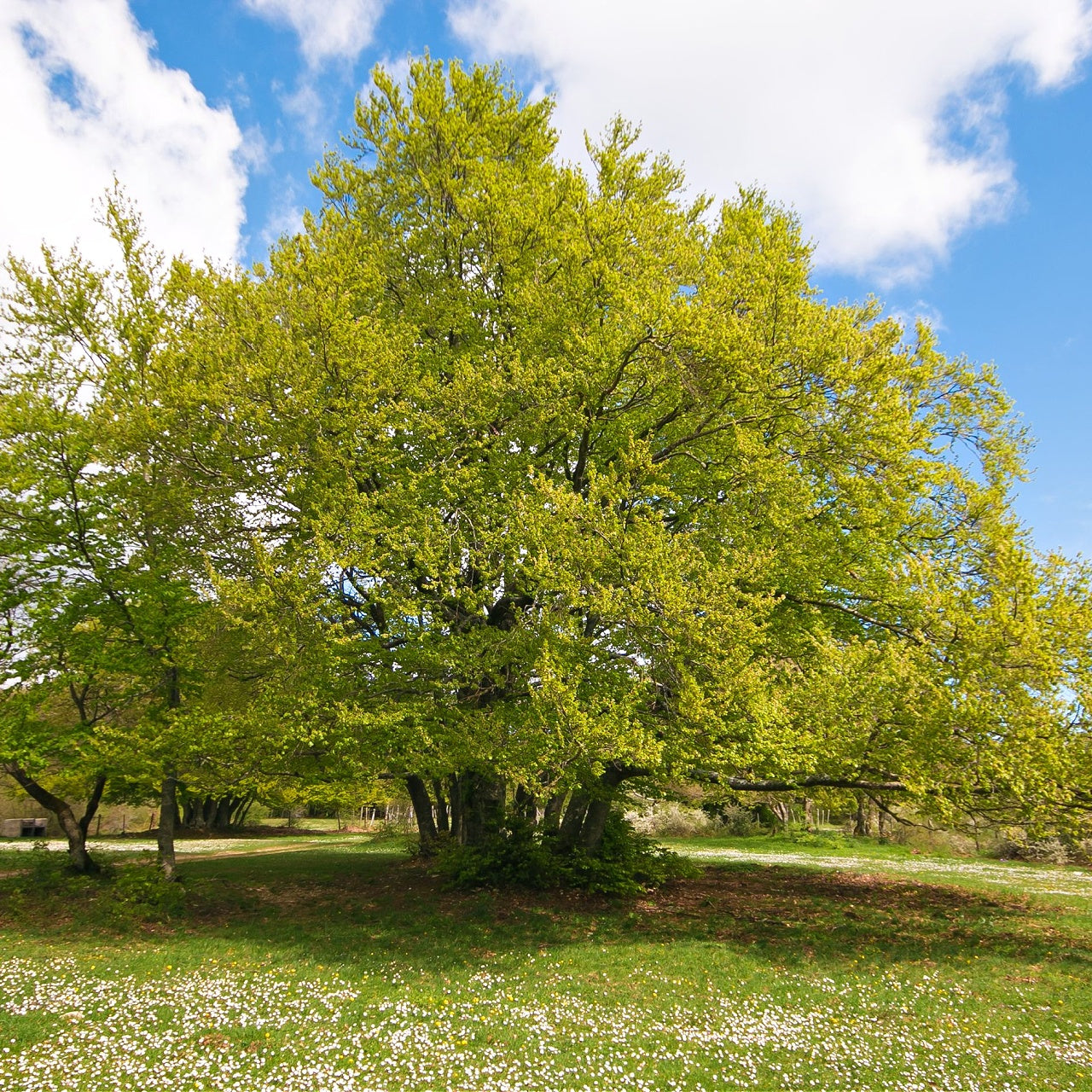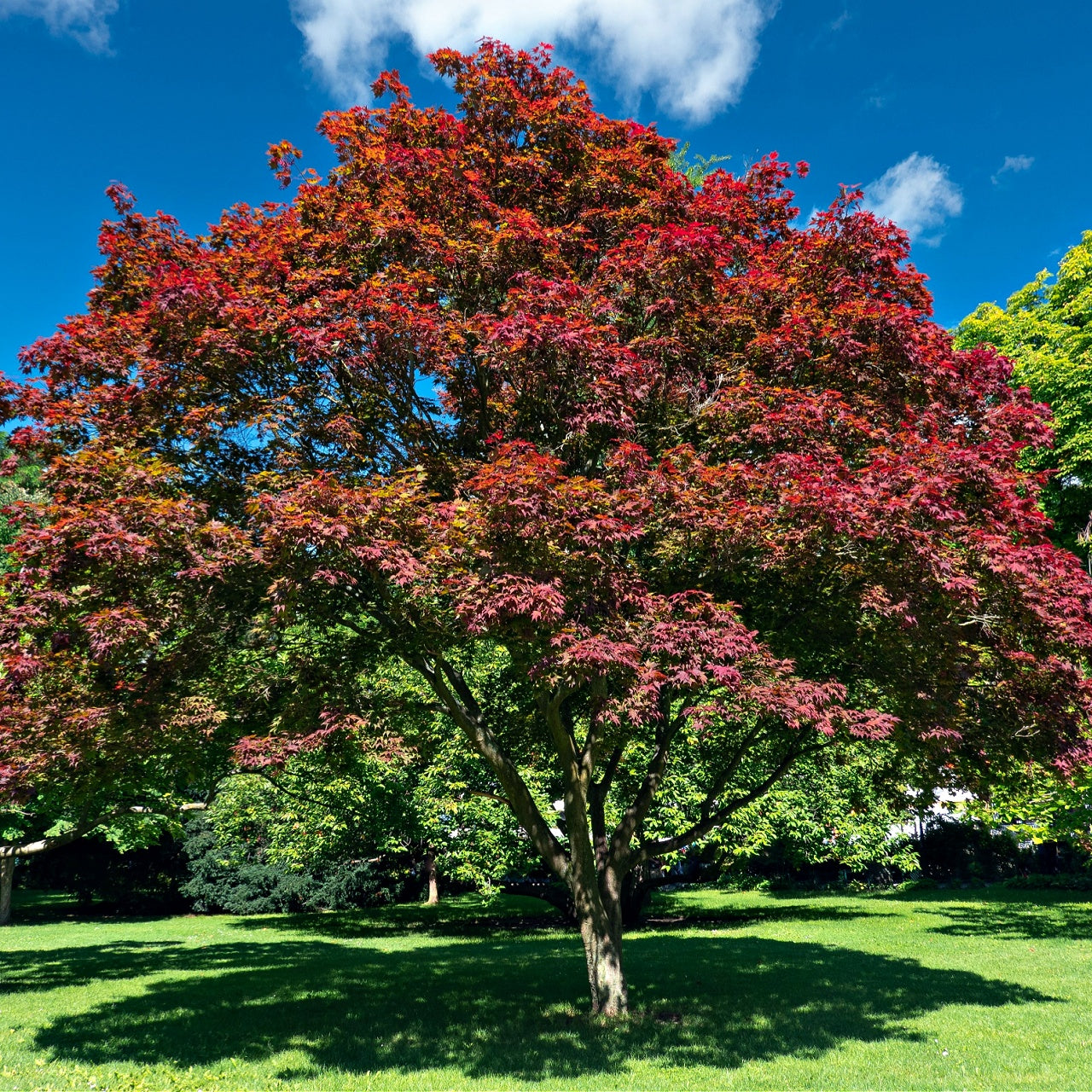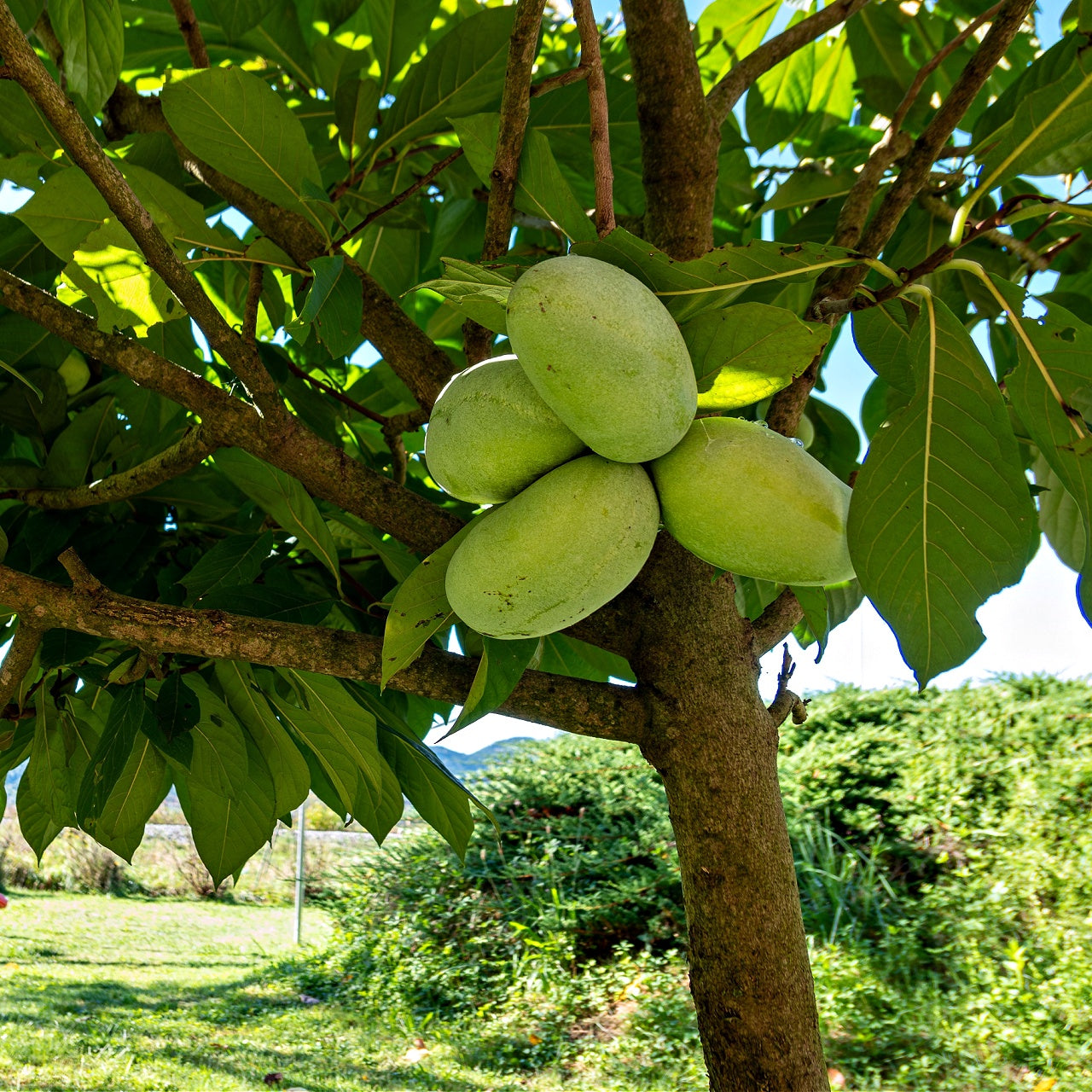
The Complete Perennial Gardening Guide
The Complete Perennial Gardening Guide
A Guide to Successfully Growing Perennials
Gardening is a good way to connect with nature and create a beautiful outdoor space. If you're new to gardening, starting with perennials is a great way to start. In this guide, we'll cover the basics of successfully growing perennials, from choosing the right plants for your climate to planting and caring for them.
Creating a Beautiful Perennial Garden
Whether you're an experienced gardener looking to add some new plants to your collection or a beginner who wants to start small, this guide will provide you with the knowledge you require to create a beautiful and thriving perennial garden. Benefits of Growing Perennials Perennials offer numerous benefits to gardeners. First and foremost, they are low-maintenance plants that require less work than annuals. Unlike annuals, perennials don't need to be replanted yearly, saving time and money.
Perennials Come in a Variety of Colors
Additionally, perennials come in a wide variety of colors and textures, providing endless options for garden design. Finally, perennials are a sustainable choice for gardening, as they reduce the need for fertilizers and pesticides, which can harm the environment. Understanding Perennial Plants Before you start planting perennials, it's important to understand what they are and how they grow. They grow from roots that survive underground during the winter, and in the spring, they send up new stems and foliage. Perennials can be herbaceous, meaning they die back to the ground in the fall, or woody, meaning they keep their stems and foliage year-round.
Perennial Choices For Gardens
Some common examples of perennials include daisies, lilies, and hostas. Choosing the Right Perennials for Your Garden When choosing perennials for your garden, it's important to consider your climate, soil type, and sun exposure. Perennials come in various shapes and sizes, so choosing plants that will thrive in your specific growing conditions is important. For example, if you live in a dry climate, choose drought-tolerant perennials, such as lavender or yarrow. If you have soil that is heavy and clay-like, choose perennials that prefer those conditions, such as daylilies or peonies.
Finally, it's important to consider the amount of sun exposure your garden receives. If you have a shady garden, you'll want to choose perennials that can thrive in those conditions, such as ferns or hostas. Soil Preparation for Perennial Gardening Preparing your soil is an important step in creating a successful perennial garden. Perennials prefer soil that is well-draining, fertile, and rich in organic matter.
Before planting, it's important to amend your soil with other organic matter to improve its texture and nutrient content. You can also test your soil to determine its pH level, which will help you choose plants best suited for your garden. Once your soil is prepared, you can start planting your perennials. Planting Perennials: Best Practices and Tips When planting perennials, following a few best practices is important to ensure their success: Make sure to plant them at the appropriate depth. Most of them should be planted at the same depth as in the container, but double-checking the planting instructions for each plant is always a good idea. Space your plants appropriately to allow for their growth.
Thoroughly water your newly planted perennials to help them establish their roots. Watering and Fertilization for Perennial Plants Watering and fertilization are important aspects of caring for perennials. Most perennials prefer consistently moist soil but not waterlogged, so it's important to water them deeply and regularly. It's important to follow the manufacturer's instructions when fertilizing and to avoid over-fertilizing, which can lead to excessive growth and weak stems.
Maintaining Your Perennial Garden: Pruning, Weeding, and Dividing Maintaining your perennial garden is essential for its long-term success. This includes pruning, weeding, and dividing your plants as needed. Weeding is important to prevent competition for water and nutrients, and it also helps to prevent the spread of diseases and pests. Finally, dividing your perennials every few years can help to rejuvenate them and prevent overcrowding. Common Problems and Solutions for Perennial Gardening Along the way, you may encounter some challenges when growing perennials.
Some common issues include pests, diseases, and poor growth. You can use natural remedies to combat pests. For diseases, it's important to practice good sanitation and remove infected plants as soon as possible. Finally, if your perennials are not growing well, it may be a sign that they need more or less water, fertilizer, or sun exposure. Conclusion: The Joy of Perennial Gardening Perennial gardening is a rewarding and sustainable way to create a beautiful outdoor space. With some care and attention, you can create a stunning garden that will provide year-round beauty and enjoyment.







